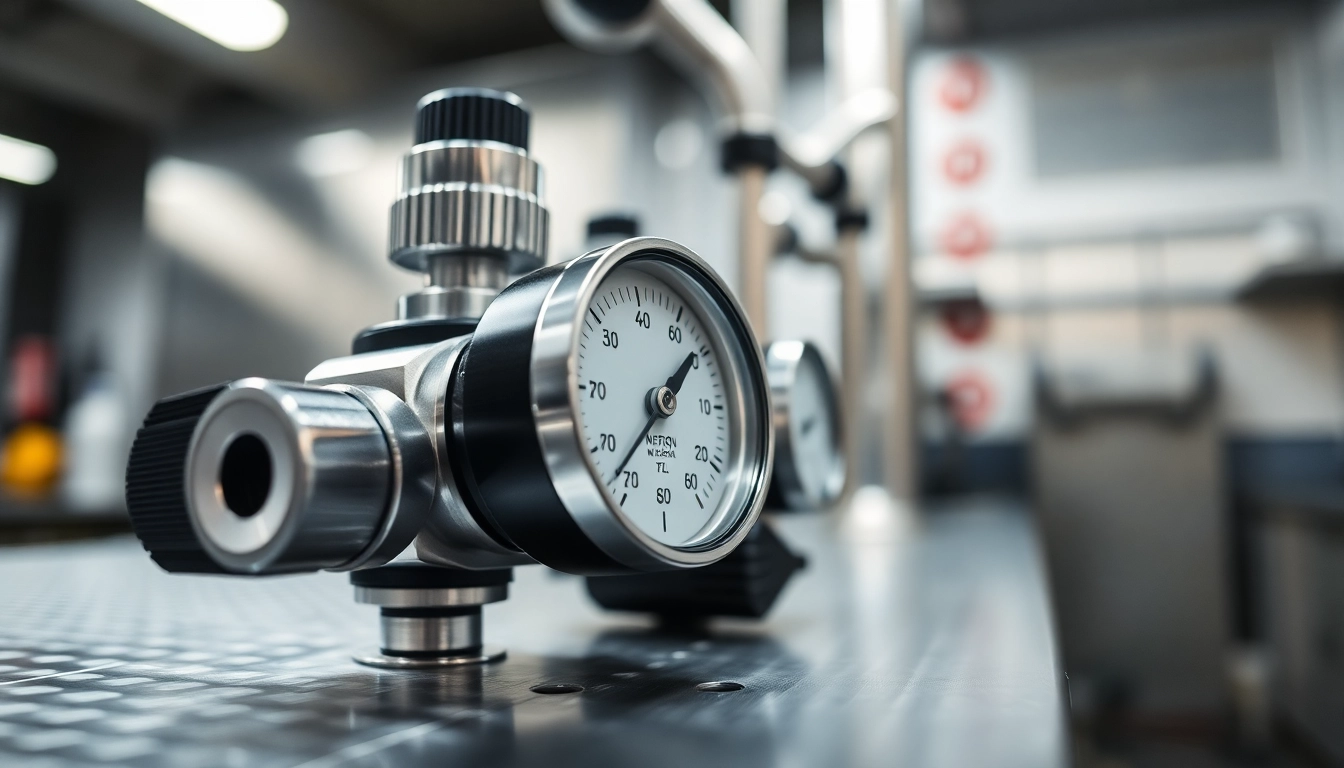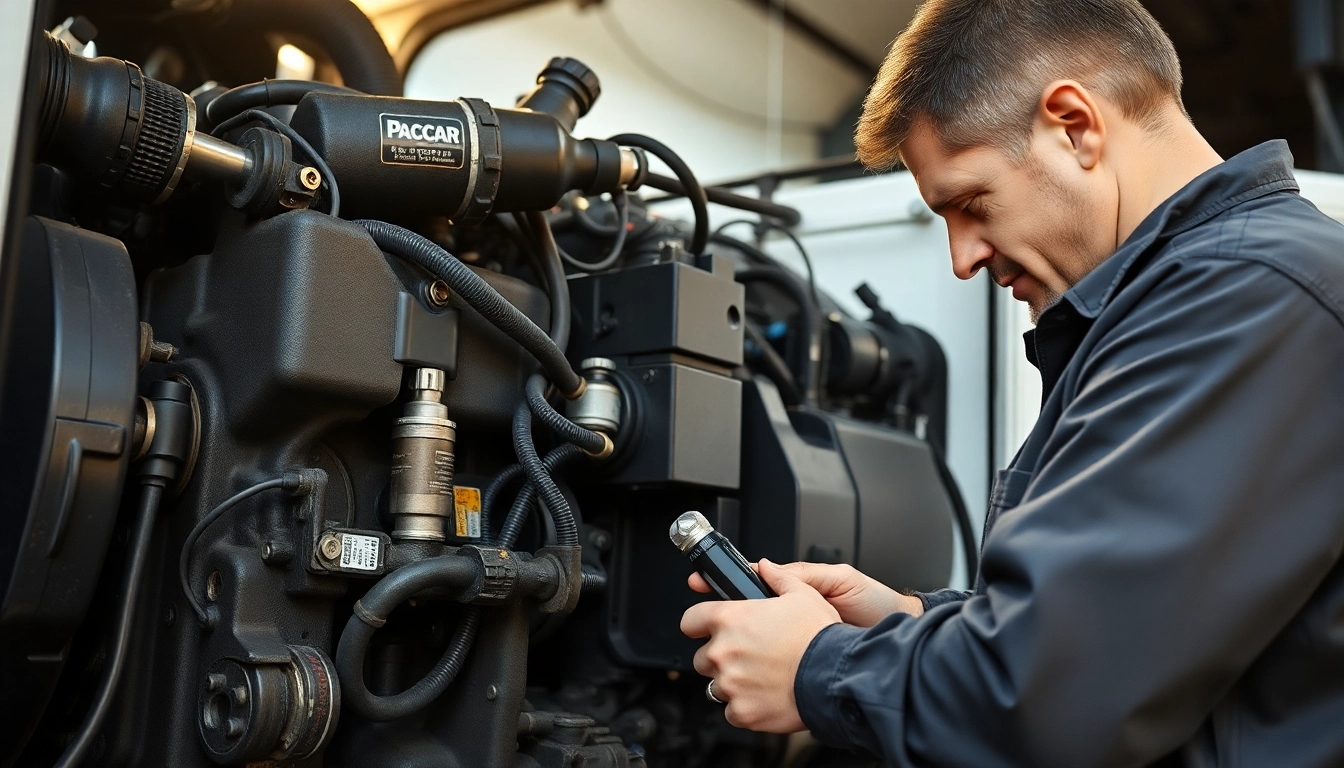Understanding Nitrogen Regulators
Nitrogen regulators are vital devices designed to control the flow and pressure of nitrogen during various applications. Their functionality is critical in processes ranging from industrial manufacturing to food and beverage preservation. Proper utilization of these tools can dramatically improve efficiency, safety, and precision in operations where nitrogen is employed.
When you examine the nitrogen regulator market, it becomes clear how they play an essential role across numerous industries. Various types of nitrogen regulators exist, each tailored for specific applications, which makes understanding their capabilities crucial for both professionals and hobbyists alike.
What Is a Nitrogen Regulator?
A nitrogen regulator is a mechanical device that reduces and controls the pressure of nitrogen gas coming from a pressurized cylinder. This adjustment allows for a consistent and manageable gas flow, which is crucial for various processes. By maintaining the output pressure at a predefined level, nitrogen regulators enable safe usage in applications where high pressure can cause equipment damage or even accidents.
How Does a Nitrogen Regulator Work?
The functioning of a nitrogen regulator is based on the principles of gas dynamics. Here’s a simplified breakdown:
- Intake Pressure: The nitrogen gas enters the regulator from a high-pressure cylinder, typically at hundreds of psi.
- Pressure Reduction: The regulator uses a diaphragm or piston mechanism to reduce the pressure to a usable level. This adjustment is often made using a control knob or lever.
- Outflow Regulation: Once the gas is at the desired pressure, it is directed through an outlet to the application, whether for purging, cooling, or other uses.
This mechanism ensures that whatever process requires nitrogen—be it in laboratories, welding, or HVAC systems—receives a steady, controlled flow, minimizing risks associated with pressure fluctuations.
Key Components of a Nitrogen Regulator
A typical nitrogen regulator consists of several key components that each play an important role in its overall effectiveness:
- Body: The outer structure housing the internal mechanisms, usually made from durable materials like brass or aluminum.
- Diaphragm: A flexible membrane that responds to pressure changes, controlling the gas flow.
- Adjustment Knob: A user-accessible component that allows for pressure settings to be altered based on application needs.
- Inlet and Outlet Ports: Connection points for attaching to the nitrogen cylinder and directing gas to the application respectively.
Understanding these components helps users maintain their equipment effectively and troubleshoot issues as they arise.
Types of Nitrogen Regulators
When choosing a nitrogen regulator, it’s essential to understand the different types available as each serves distinct purposes depending on the application:
Single Stage vs. Dual Stage Regulators
Single stage and dual stage regulators differ primarily in their design and functionality:
- Single Stage Regulators: These devices have a simple design and reduce pressure in one step. They’re typically used in applications where only minor pressure variations are expected.
- Dual Stage Regulators: These are more complex, offering greater stability in pressure output. They are ideal for applications where the gas supply needs to maintain a consistent pressure, even as the cylinder is emptied.
Choosing between the two types depends on the level of precision required in your application.
Fixed Pressure vs. Adjustable Nitrogen Regulators
Regulators can also be categorized based on their ability to adjust output pressure:
- Fixed Pressure Regulators: These come pre-set to deliver a specific output pressure, ideal for processes that do not require frequent adjustments.
- Adjustable Regulators: These allow for quick changes in output pressure, making them versatile for different applications and conditions.
Identifying the correct type based on requirements can significantly enhance operational efficiency.
Applications in Various Industries
Nitrogen regulators find applications in a myriad of industries, each capitalizing on nitrogen’s unique properties. Some notable uses include:
- Food and Beverage: Nitrogen is used in food preservation and packaging, helping to extend shelf life by displacing oxygen.
- Pharmaceuticals: Controlled nitrogen environments ensure the stability of sensitive compounds.
- Manufacturing: Nitrogen aids in the production processes, such as welding or cooling in metal fabrication.
- Healthcare: Within medical settings, nitrogen regulates pressure in equipment that relies on gaseous states.
Understanding the application landscape helps identify which regulator best fits specific industry needs.
Choosing the Right Nitrogen Regulator
Selecting the appropriate nitrogen regulator can be daunting given the variety available. Below are important factors and considerations:
Factors to Consider When Selecting a Regulator
Some key points to contemplate include:
- Pressure Requirements: Know the pressure range your application requires to ensure compatibility with the regulator.
- Flow Rates: Assess the necessary flow rates since this influences outputs and performance.
- Usage Frequency: Determine how often the regulator will be used, which may impact your choice between adjustable and fixed options.
- Environmental Conditions: Evaluate where the regulator will be used, as temperature and humidity may affect durability and functionality.
Focusing on these factors will facilitate a more strategic buying decision.
Common Mistakes to Avoid
Avoiding errors during the selection process is vital for operational efficiency. Here are misunderstandings to steer clear of:
- Ignoring Specifications: Always refer to technical data sheets to match the regulator’s capabilities with your requirements.
- Overlooking Maintenance Needs: Different types of regulators require varying levels of maintenance; it’s important to understand these before purchasing.
- Choosing Price over Quality: While budget is important, cutting corners may lead to higher costs down the line due to inadequate performance.
Awareness of these pitfalls can help you make a more informed purchase.
Where to Purchase Quality Nitrogen Regulators
Reliable sources for purchasing nitrogen regulators include specialized industrial suppliers, online retailers, and local distributors. Make sure to purchase from reputable vendors that can provide warranty and customer support services to handle any issues post-purchase. Checking user reviews and comparing product specifications can also guide consumers toward quality choices.
Best Practices for Using Nitrogen Regulators
Once you have chosen a nitrogen regulator, applying best practices during usage ensures optimal performance:
Installation Tips for Optimal Performance
Proper installation is key to maximizing regulatory efficiency. Follow these guidelines:
- Check Compatibility: Ensure that the regulator matches the requirements of your nitrogen cylinder and application.
- Secure Connections: Use Teflon tape on threaded connections to prevent leaks and ensure secure fits.
- Conduct Pressure Testing: After installation, perform a pressure test to verify there are no leaks and the system functions correctly.
Adhering to these best practices will enhance reliability and performance.
Maintaining Your Nitrogen Regulator
Consistent upkeep prolongs the lifespan of your nitrogen regulator. Key maintenance tips include:
- Regular Inspections: Periodically check for damage, leaks, and performance efficiency.
- Cleaning: Clean the regulator and connections to prevent contaminants from affecting gas flow.
- Calibration: Regularly calibrate the regulator to ensure it delivers the correct pressure within acceptable tolerances.
Regular maintenance increases the reliability of your equipment, reducing downtime and costs associated with failures.
Safety Protocols During Use
Safety is paramount when working with nitrogen regulators to prevent accidents and injuries.
- Personal Protective Equipment: Always use appropriate PPE, such as gloves and goggles, to protect yourself from potential gas escapes.
- Secure Environment: Ensure the area is well-ventilated to avoid accumulation of nitrogen gas.
- Emergency Protocols: Familiarize yourself with emergency response measures in case of gas leaks or equipment failures.
Implementing safety precautions will mitigate risks associated with using nitrogen regulators.
Comparing Nitrogen Regulators from Top Brands
To navigate the market effectively, understanding different brands and their offerings is essential:
Leading Brands and Their Offerings
Several well-regarded brands dominate the nitrogen regulator market, each providing unique solutions. Some of these include:
- Victor: Known for high-quality durability, Victor offers a range of regulators suitable for heavy industrial applications.
- Uniweld: Uniweld’s products are often favored for their user-friendly designs and versatility across applications.
- Airgas: A trusted supplier of various industrial gases, Airgas offers reliable regulators known for their precision and safety features.
Reviewing each brand’s specifications can lead to the best choice for your specific needs.
Price Range: What to Expect
Prices for nitrogen regulators can vary significantly based on features and brand reputation. Generally, you can expect:
- Basic Models: Prices begin at approximately $50-$100 for basic types suited for light applications.
- Mid-Range Models: More versatile and adjustable models typically range from $100-$300.
- High-End Models: High-capacity or industrial-grade regulators can exceed $300, offering superior performance and reliability.
Setting a budget based on required features will lead to the best investment without overspending.
User Reviews and Recommendations
Customer reviews provide pertinent insights into product performance and user satisfaction. When selecting a nitrogen regulator:
- Check Ratings: Look for regulators with high ratings and positive feedback on reliability and ease of use.
- Examine Feedback: Pay attention to mentioned pros and cons from actual users, allowing for balanced decision-making.
- Consider Expert Opinions: Consulting industry experts or purchasing guides can offer additional clarity and confidence in your selection.
Integrating user insights can enhance your understanding and help avoid potential issues.



